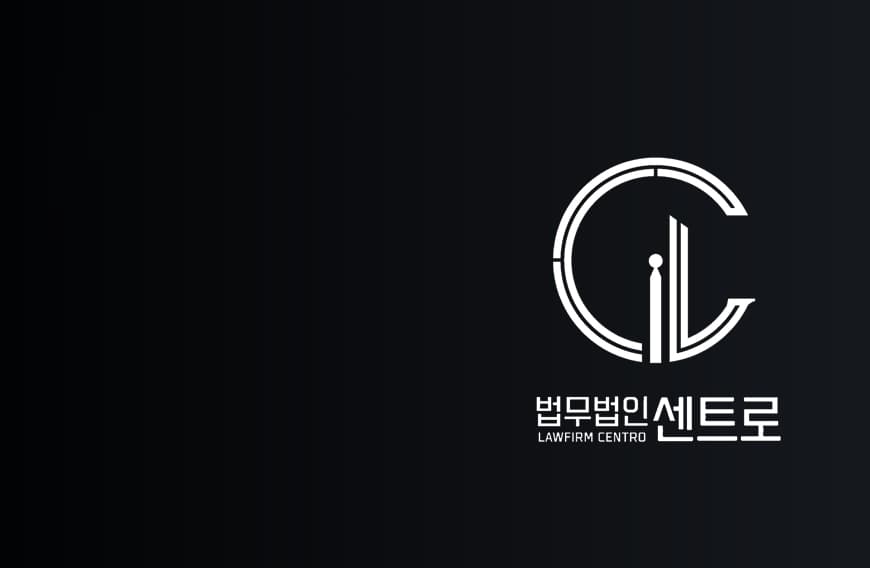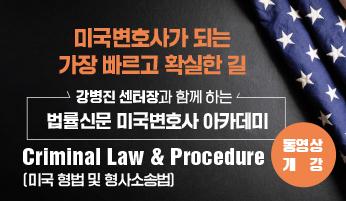법원
[창간 72주년 특집][글로벌] 세계 양형 전문가를 만나다 - 영문판
한수현 기자
2022-12-01 15:39
URL 복사
메일
트위터
페이스북
카카오톡
기사 보관함
스크랩
글자 크기
인쇄
스크랩 하기
로그인 해주세요.
기사 메일 보내기
로그인 해주세요.
리걸 에듀
1/3
1950년 창간 법조 유일의 정론지

법인명
(주)법률신문사
대표
이수형
사업자등록번호
214-81-99775
등록번호
서울 아00027
등록연월일
2005년 8월 24일
제호
법률신문
발행인
이수형
편집인
차병직 , 이수형
편집국장
신동진
발행소(주소)
서울특별시 서초구 서초대로 396, 14층
발행일자
1999년 12월 1일
전화번호
02-3472-0601
청소년보호책임자
김순신
개인정보보호책임자
김순신
.jpg&w=3840&q=75)









.jpg&w=3840&q=75)


.jpg&w=3840&q=75)




